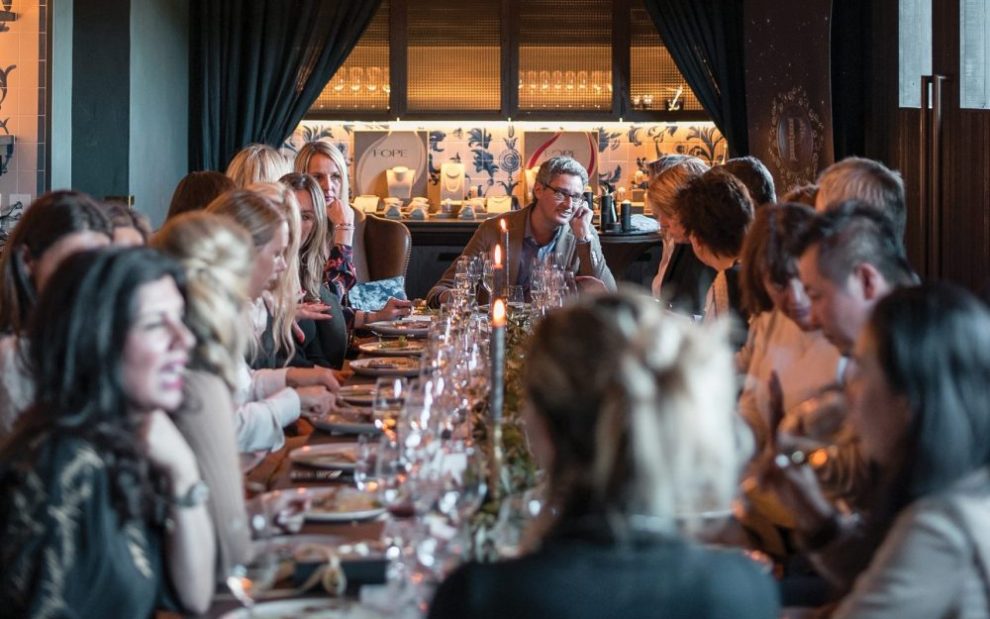In the days before the pandemic, back when we would visit strangers’ houses with no fear of illness or getting others sick, my church did something they called “Friendship Dinners.” You would sign up and get placed in a random group, then you would visit someone’s house for dinner with a group of about eight other people.
My husband and I went to one a few years ago, and when we showed up it was clear that we were the youngest by about four decades. Despite that, we both enjoyed ourselves—the host was a retired philosophy professor, and we spent the evening chatting about books and television, philosophy and science. It was an example of an intergenerational faith community done well.
And then, as the dinner wound down, the entire group turned to us and said, “So. You’re young. Tell us what it’s like to be a young person today.”
We mostly thought it was funny, but I was telling this story to an acquaintance the other day in a conversation about what it means to be inclusive and welcoming—whether as a church, organization, or workplace. What if the question hadn’t been, “Tell us what it’s like to be young,” but instead, “Tell us what it’s like to be Black.” Or, “Tell us what it’s like to be nonbinary or trans.” Even when the question comes from a place of genuine curiosity and openness, it still puts up a barrier. It negates that sense of hospitality and welcome and places everyone else on one side of the examination table and the person questioned on the other side.
Oftentimes, when white people talk about hospitality and inclusion, we fall prey to mindsets that result in othering people instead of truly welcoming them. I cannot tell you how many conversations I’ve had about how my church needs to be more welcoming to young families. What are the typical suggestions I hear? Well, perhaps by increasing the number of kids in religious ed 20 percent. We want to see more Black faces in the pews of our predominantly white parish. We want to hire more young people in our organization. But each of these approaches, while well-meaning, reduces people to a number or a statistic. We cannot say, “Well, our church will be truly inclusive when we have x number of people of color.” It just doesn’t work like that.
This mindset also absolves us of having to do the hard work of anti-racism. Inclusion is not some statistic you reach and then you’re done. Anti-oppression achieved, here’s a medal for all the white members of a parish. It is an ongoing process of self-awareness, education, dialogue, and acting for justice.
White people, it’s time to do better. Instead of wondering why no people are coming to join our groups and focusing on bolstering our numbers, perhaps focusing on what it means to be welcoming to all—no matter their identity—will create an atmosphere that truly feels inclusive. We also have to remember that anti-racism doesn’t happen in all white or predominantly white spaces. It happens in the community, on the streets. Is your parish present where the work of justice is being done? Are you engaging with local nonprofits and organizations that already know what it means to be Black, or LGBTQ, or experiencing homelessness, so that you don’t have to ask before embarking on your work? Instead of worrying about who’s inside our boundaries, reach outside and be active in the greater world. It is only through this that we can create the kingdom of God.
This article also appears in the March 2023 issue of U.S. Catholic (Vol. 88, No. 3, page 9). Click here to subscribe to the magazine.
Image: Unsplash/Mona Masoumi











Add comment